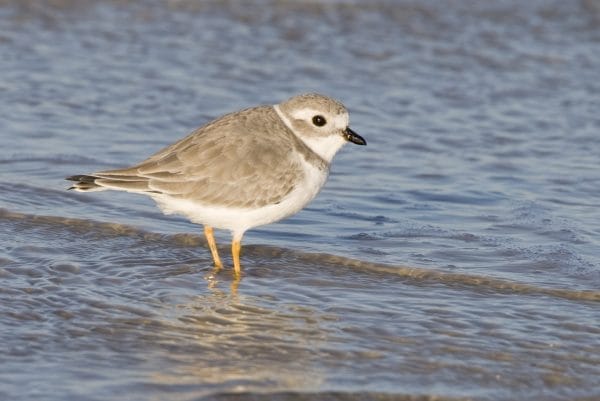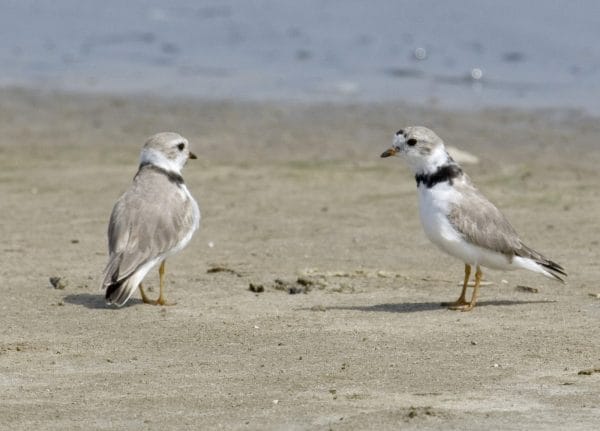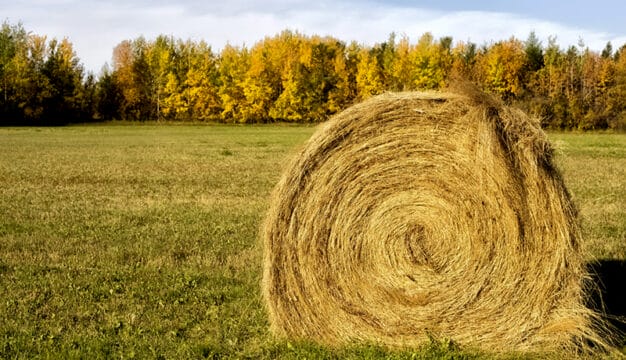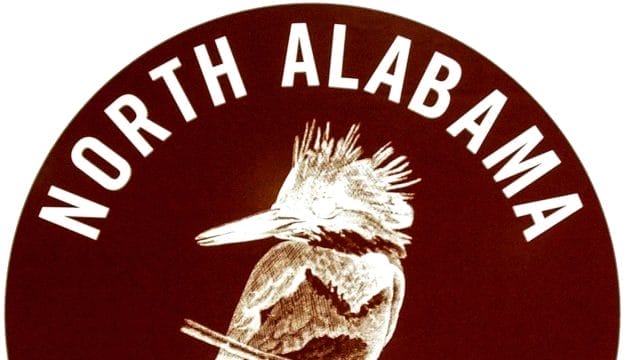Piping Plover
 Piping Plover
The piping plover (Charadrius melodus) belongs to the Order Ciconiiformes. It is one of at least seven plover species found in North America and one of the species found in the state of Alabama. Piping plovers are small shorebirds that feed along beaches and intertidal mud and sand flats, consuming worms, crustaceans, insects, and occasionally bivalve mollusks that wash up on the shore. Piping plovers are most commonly seen in Alabama around the west side of Dauphin Island. Their genus name, Charadrius, comes from the Greek for “bird of river valleys,” and both their species name, “melodus,” and their common name “piping” come from their melodic mating call. Piping plovers are migratory birds that winter on the southeastern coastal areas from North Carolina to Texas, with Alabama’s Gulf Coast being a critical part of their range.
Piping Plover
The piping plover (Charadrius melodus) belongs to the Order Ciconiiformes. It is one of at least seven plover species found in North America and one of the species found in the state of Alabama. Piping plovers are small shorebirds that feed along beaches and intertidal mud and sand flats, consuming worms, crustaceans, insects, and occasionally bivalve mollusks that wash up on the shore. Piping plovers are most commonly seen in Alabama around the west side of Dauphin Island. Their genus name, Charadrius, comes from the Greek for “bird of river valleys,” and both their species name, “melodus,” and their common name “piping” come from their melodic mating call. Piping plovers are migratory birds that winter on the southeastern coastal areas from North Carolina to Texas, with Alabama’s Gulf Coast being a critical part of their range.
Piping plovers breed throughout three geographic regions: the sandy beaches of the Atlantic coast from North Carolina to eastern Canada, the inland coasts of the Great Lakes and western Ontario, and the wetlands of the northern Great Plains. The population that breeds around the Great Lakes has declined since the 1930s, however. Piping plovers arrive on their breeding grounds in early spring, where they begin to nest and lay eggs in late April and early May. They leave the breeding areas for southern wintering grounds from mid-July through late October. Most birds arrive on the wintering grounds by August. Populations from the three breeding areas mix during the non-breeding season along the Atlantic and Gulf coasts; Alabama’s Gulf Coast is an important wintering location. Peak migration time from the wintering grounds to the breeding ground is in March, but piping plovers will leave the wintering grounds any time from mid-February to mid-May.
Shorebirds can be difficult to differentiate because many species have plumage that helps them blend in with sandy beaches. Like many other shorebirds, piping plovers have sandy grayish to brownish upper plumage and white undersides, a form of camouflage called “countershading” that makes them hard to spot by predators. They average five to six inches (17 to 18 centimeters) in length. The most distinctive identifying characteristic of the piping plover is the pattern of black bands on its neck and forehead; one black band wraps around the back of the neck and the other spans the forehead between the eyes. During the breeding season, the bills of both sexes turns from black to orange, although they retain an obvious black tip. They can live up to 11 years, but the average lifespan is usually less than five years.
 Piping Plover Aggression Display
When breeding, the males claim a territory over which they perform elaborate flight displays for females in an attempt to win a mate. Piping plovers do not create nests out of grass or twigs like many other birds. Instead, they lay their eggs in shallow scraped-out depressions lined with light colored pebbles and fragments of shells in sand. Their speckled eggs blend in with the pebbles, making them hard to detect. Females generally lay three to four eggs every breeding season. Both males and females incubate the eggs, trading off over the 28-day incubation period. Nestlings fledge by the end of August or the beginning of September. The newly hatched chicks are born with soft down and are able to walk around, following their parents. (Scientists refer to these young as “precocial,” as opposed to young which are born featherless and remain in the nest for some time and are termed “altricial.”) The parents feed and care for their young until they can fly, at approximately 30 days after hatching. According to U.S. Fish and Wildlife Service, fledging success in the wild is can be anywhere from 25 to 76 percent.
Piping Plover Aggression Display
When breeding, the males claim a territory over which they perform elaborate flight displays for females in an attempt to win a mate. Piping plovers do not create nests out of grass or twigs like many other birds. Instead, they lay their eggs in shallow scraped-out depressions lined with light colored pebbles and fragments of shells in sand. Their speckled eggs blend in with the pebbles, making them hard to detect. Females generally lay three to four eggs every breeding season. Both males and females incubate the eggs, trading off over the 28-day incubation period. Nestlings fledge by the end of August or the beginning of September. The newly hatched chicks are born with soft down and are able to walk around, following their parents. (Scientists refer to these young as “precocial,” as opposed to young which are born featherless and remain in the nest for some time and are termed “altricial.”) The parents feed and care for their young until they can fly, at approximately 30 days after hatching. According to U.S. Fish and Wildlife Service, fledging success in the wild is can be anywhere from 25 to 76 percent.
The Great Lakes breeding population of piping plovers was listed as “endangered” in 1985. The populations that nest in the other two geographic ranges, however, are only listed as “threatened.” Despite their listing, the Great Lakes population continued to decline and in 1996, scientists estimated that there were only 32 breeding pairs left on the Great Lakes breeding grounds, as opposed to 1,398 pairs in the Northern Great Plains breeding grounds, and 1,372 breeding pairs along the Atlantic Coast. While conservation efforts were being made to conserve the Great Lakes population, loss of chicks is still a major source of mortality. Human interference with nesting on beaches is one of the primary reasons for the decline of this species. In order to mitigate these effects, conservationists erect fencing around nests and restrict off-road vehicle access and control predators on breeding beaches. The U.S. Fish and Wildlife Service is working with researchers and volunteers to restore and protect habitat and maintain a viable population with the goal of delisting the Great Lakes population by the year 2020. However, protection of piping plover wintering habitat is also critical to the recovery of the species. Quality forage and roosting habitat is necessary to ensure overwinter survival.
Alabama is an important overwintering area for piping plover populations, but there has been a decline in the number of birds observed in tidal zones, flats, and dune systems in the state. Whereas more than 200 piping plovers used to be seen wintering in Alabama, now fewer than 40 birds have been observed. Parts of Alabama have been deemed crucial habitat include Dauphin Island, Little Dauphin Island, Pelican Island, Isle Aux Herbes, and the western tip of the Fort Morgan Peninsula. Many organizations (state, federal and private) are working together to protect the piping plover, bit it is still listed as “threatened” (Atlantic Coast and Great Plains populations) and “endangered” (Great Lakes populations) today.



